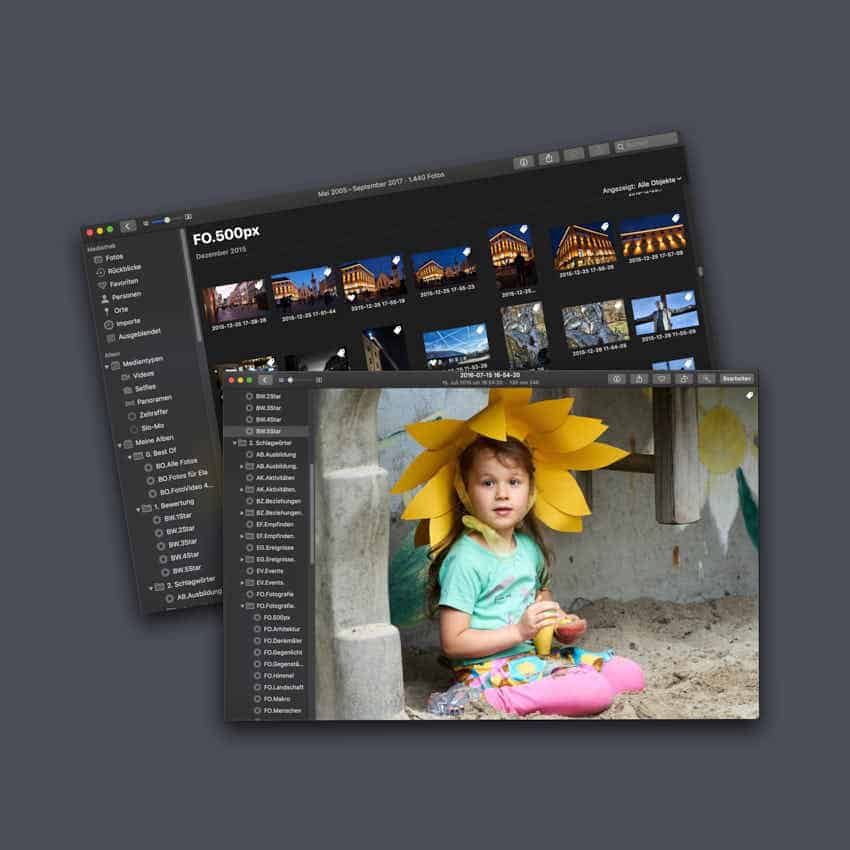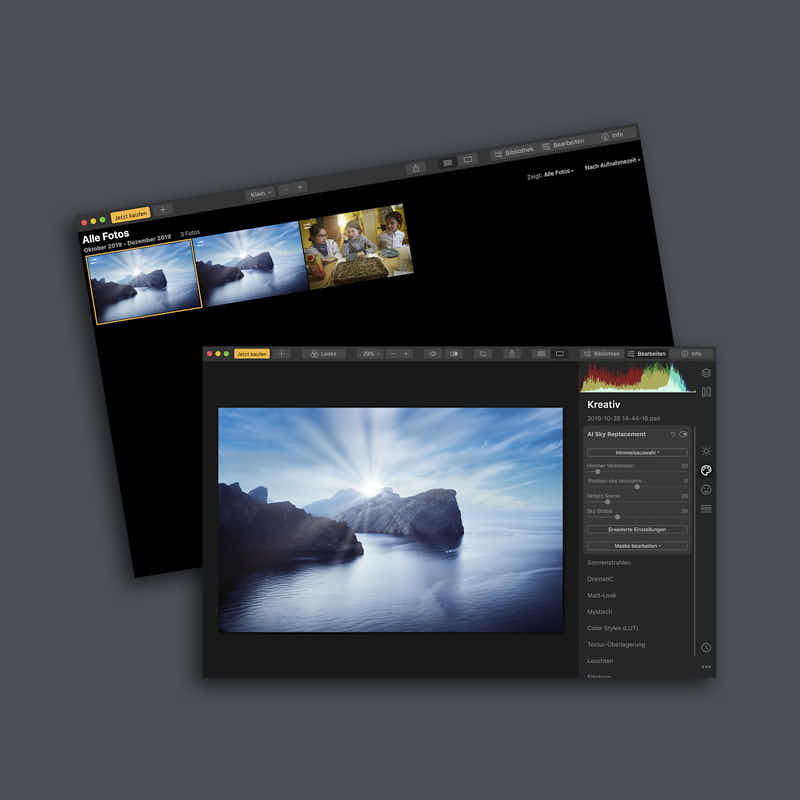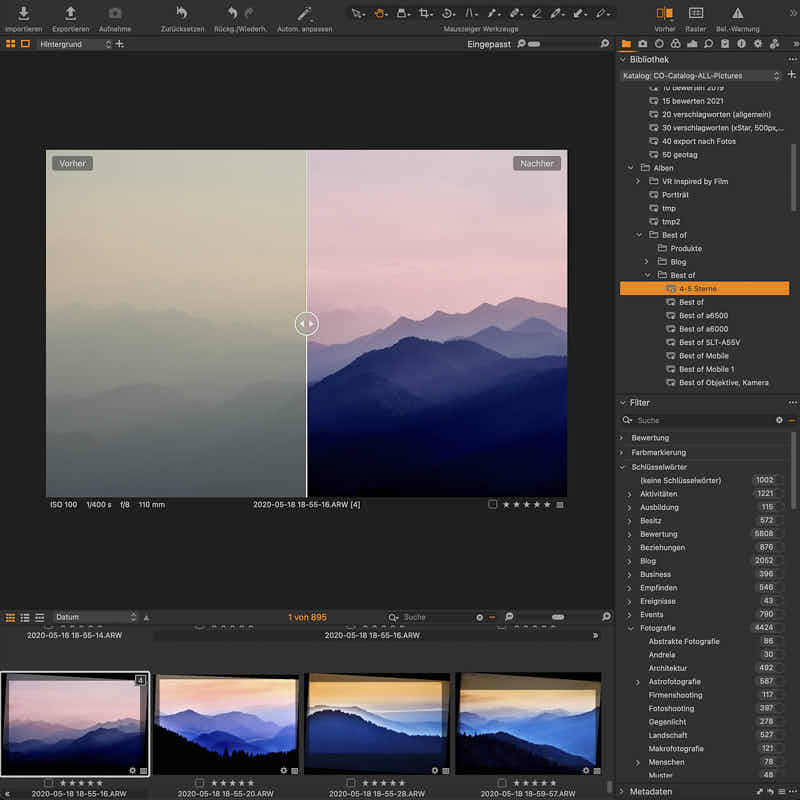Regardless of whether or not you’re looking to improve the photos you shoot on your phone to upload to social media or are a professional photographer – or somewhere in between – getting your hands on the best photo editing software is a big piece of the puzzle.
Unfortunately, with so many different options available on the market today finding the right photo editing software isn’t as simple or straightforward as most think it’s going to be.
Sure, Photoshop is widely considered the “gold standard” in the editing world – but do you really need the same tools, features, and workflow that professional photographers use every day just to touch up some camera phone snapshots?
Maybe. Maybe not.
Are you willing to pay the skyhigh price tag for photo software you might never make the most out, too?
Unlikely.
Luckily, though, with the inside information we highlight below you’ll know exactly what to look for when it comes to finding the right photo editing software for your needs.
Let’s jump right in!
Must Be Easy to Use
More than anything else, the photo editing software that you choose absolutely needs to be as easy to use as possible.
One of the biggest reasons that a lot of people shy away from Photoshop is simply because it has gotten so complex, so feature-rich, and so “overboard” that it’s almost unwieldy for anyone outside of the professional photography world.
Save 10% with the code RASVOLK.
Save 10% on all licenses with the code RASVOLK.
No, you’re going to want to find something that is relatively simple and straightforward to use “right out-of-the-box”.
This means something that has a clean and elegant user interface, obvious and easy to decipher tool icons, and a workspace that is clean, uncluttered, and intuitive to use right away.
Check off this box when you are searching for the right editing software and you’ll be so much happier!
Verify Operating System Compatibility
Maybe you like to use a Mac to do all of your photo editing (lots of creative people around the world do), or maybe you are a Windows person and can’t imagine making the switch.
At the end of the day, the overwhelming majority of top-tier photo software options are not only going to be compatible with either Mac or Windows operating systems – but most of them are cross compatible, too!
Even still, you cannot take this for granted.
You’ll want to double verify that the software you are looking for is going to run on the machine that you are hoping to install it on. There are some cloud-based solutions that eliminate operating system compatibility problems altogether, though these are somewhat rare (and often a lot more expensive than dedicated software solutions).
All in all, just make sure that the software you are after will run on the computer you’re going to do the bulk of your editing on.
Mobile Ready Tools Make a Difference
While most smart phone and tablet devices aren’t yet powerful enough to handle the workflow that a professional photographer might demand (or even keep up with amateur photographers that shoot hundreds if not thousands of photos every week), we are closer to that being the norm than ever before.
The photo editing software you choose should have some sort of mobile compatibility, even if the features you’ll be able to take advantage of our somewhat stripped down and streamlined.
Just having the ability to edit on-the-fly is a major bonus, especially if you’re able to use the same kind of workspace, workflow, and tools that you are using on your desktop or laptop directly on your phone or tablet.
Sure, you could get a totally separate piece of software to run on your mobile devices for photo editing. But unless there’s compatibility between that mobile software and your desktop setup you’ll probably end up dealing with more headache and more hassle than necessary.
If this point is important to you then Adobe Lightroom would be a good choice. This software runs on PC, MAC, tablet and smartphones and even syncs via the cloud.
Double Check Camera Hardware Compatibility
Believe it or not, a lot of the top level photo software options actually have presets built right in designed to work specifically with popular camera models from some of the biggest manufacturers on the planet.
Check if an offer is running!
If you really want to squeeze every single drop of the performance out of your editing software that this is definitely something to double check on and verify.
If you’re able to run custom manufacturer profiles, tethered shooting settings, and get full support for RAW files straight from your camera you’ll be able to unlock a lot more power and a lot more flexibility in your editing tools for sure.
Speaking of RAW files…
RAW Ready Right Out of the Box
You’ll never regret confirming that the photo editing software you are strongly considering has the ability to work with RAW files right out of the box, so to speak.
RAW files are (just like the name implies) the raw files that your camera creates every single time you snap a photo.
Not all editing software options are compatible with every type of RAW file, especially when you are shooting a digital camera that is a little bit outside of the “mainstream”.
Making things even worse, of course, is the fact that even if the editing software you are looking at is compatible with these RAW files it may not be capable of reproducing a solid “conversion” when it comes time to actually work with those files directly.
Be sure that nothing is going to get lost in translation when you are using files with your photo editing software.
Full Suite of Editing Tools
It isn’t at all difficult to find photo software and editing applications that provide you with the baseline of features and tools most photographers are looking to use – some filters, some basic touchup presets, general cropping and resizing tools, etc.
What is a little more challenging, though, is finding a suite of software that offers you all of the editing tools you need to work your creative magic of the photos that you are snapping.
Check if an offer is running!
This goes far above and beyond just being able to tinker around with brightness and contrast, adding text to your images, or even selecting and deleting different parts of your photos.
Obviously, the kind of edits that you are looking to make with this software will tell you exactly how many tools you need to use on a regular basis – and some are going to need more complex tools and more feature-rich software options than others.
At the end of the day, though, it’s hard to go wrong with a piece of editing software that offers too many tools compared to too few.
Workflow Management is a Big Piece of the Puzzle
Workflow management is something that often goes overlooked when folks are on the search for new photo editing software.
While everyone pays attention to the overall user interface, usability of the different tools available, the sheer number of tools you can pick and choose from, and a whole host of other details, not enough people focus on the kind of workflow that this software is setting you up to leverage.
The very best editing software choices act almost as “blank canvases” for you to build your own workflow off of.
Sure, there are some editing solutions that feel like they “run on rails” a little more as far as workflow is concerned. But any obstacles put in your way when you want to touchup or work on a photo will always be (at the very least) annoying.
Great photo editing tools give you the option to create your own workflow as well as your own “workspaces”. Some even let you save individual preset workspaces (complete with individual and unique labels) that you can load at the appropriate time during your workflow, saving even more time, energy, and effort!
Digital Asset Management is Essential
Photographers are always working with a mountain of digital assets and managing them can become a challenge really quickly.
Not only do you have to keep all of your photos organized (and that’s a gargantuan undertaking no matter what), but you also have to manage your presets, your add-ons, your tools, and anything else that you are using inside of this photo editing site, too.
On top of that, modern photo editing tools should be able to pull from digital assets that exist on the cloud (or exist on another device) as well as the assets that are being maintained on the same device the software is installed on.
Fast, effective, and efficient photo editing requires a rock solid image and digital asset management system. Also requires really easy to use sharing tools, super friendly search tools, and the ability to label and tag anything and everything you want to really get more granular control over your digital assets, too.
Built-In Presets, Styles and Filter Library
Another library you are going to want to be able to easily manage inside of your photo editing software are your preset, filter, and add-on libraries.
Almost all of these tools are going to include at least a handful of different presets, styles, filters, and the ability to extend functionality with add-ons. Managing those is generally a straightforward process.
Get 33% off today!
Almost all of these tools are going to include at least a handful of different presets, styles, filters, and the ability to extend functionality with add-ons. Managing those is generally a straightforward process.
But if you want to really increase the capabilities of your software you’ll inevitably end up adding your own presets, filters, and add-ons as well.
You might be able to manage another handful of those without an in-depth library feature, but pretty soon it becomes a cluttered mess – unless your software is built to handle managing those extras for you.
Embrace Custom Preset and Styles Creation Capabilities
On top of being able to easily load third-party presets and add-ons from other photographers and editors that have mastered the kinds of results you are looking for, you also want to be able to save any presets, filters, and add-ons that you tinkered with and perfected, too.
This is a real baseline kind of level of functionality you should look for in any editing software. An option that lacks this kind of functionality should probably be ignored completely, especially if you’ve created a bit of a “signature look” with your photography and are interested in doing batch edits more efficiently.
Great Customer Support is Essential
Great customer support may not have much to do with the overall functionality of the software you’re thinking about leveraging, but it’s going to have a major impact on your happiness with that particular tool if things start to get puzzle sideways.
Every piece of software inevitably gets bugs, starts to slow down, or breaks in one way or another – and only with the help of a quality customer support team are you going to really get the answers you’re after, that assistance you need, or a refund for your purchase.
Be sure that the software you’re choosing is developed by a company that has a consumer friendly reputation and a customer service team you can reach out to on as close to a 24/7 basis as possible!
You may never need to contact customer or technical support, but it’s nice knowing that you have the ability to do so if you have to.
Look for Lifetime and Cross Platform Licenses
Some otherwise great pieces of photo editing software are only available as “Software as a Service” options, basically subscription options that you pay for each and every month for as long as you want to use those capabilities.
On the one hand, it usually is quite a bit cheaper to pony up that monthly fee to use powerhouse tools you might not have had access to otherwise if you had to pay for the whole software upfront.
On the other hand, though, you almost always end up spending a whole lot more money long-term on a piece of software that can shut you off, lock you out, and delete the tools you been using to edit your photos anytime they like and almost any reason that they like.
There’s not a lot of security in that department, unless you’re working with companies like Adobe and their Creative Cloud software solutions (the new home for editing tools like Photoshop and Lightroom).
Lifetime or cross platform licenses give you a little more security and a little more peace of mind, never to the flexibility to use these tools on all of your favorite devices without having to buy individual licenses for each piece of hardware.
Trainings and Tutorials are Key to Mastering Your Editing Tools
Lastly, it’s never a bad idea to consider choosing a piece of software that has a lot out trainings and tutorials available online (especially free ones on a platform like YouTube, for example).
Every new piece of software is going to have a bit of a learning curve to it. The more resources you have available the faster the learning curve is going to accelerate, the better your results are going to get, and the more mastery you’re going to have over these tools.
Visual resources (images and video-based tutorials, for example) are particularly useful. Make sure that you’ll be able to learn the ins and outs of all the new software has to offer before you pull the trigger on a purchase and you should be good to go!




